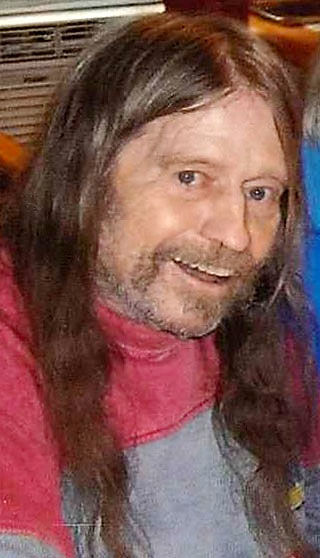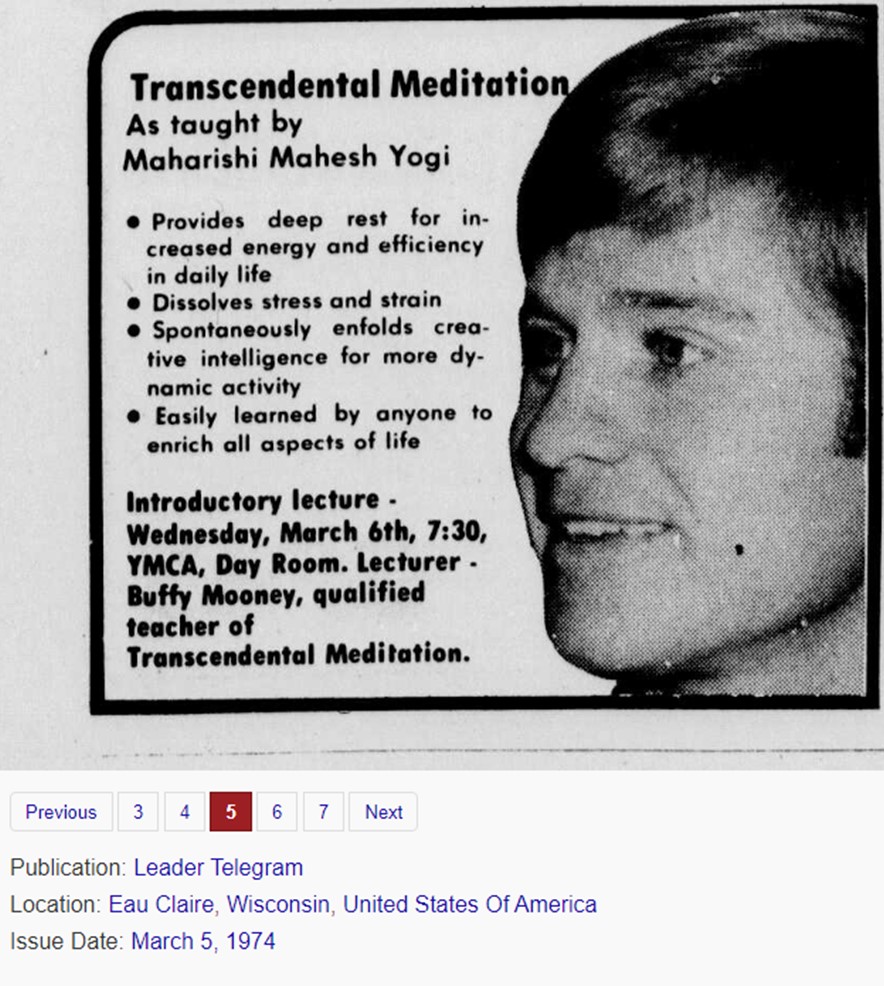In the last six years, I have not stayed up to date with news about the Transcendental Meditation movement. So, I was surprised to come across a YouTube channel entitled Discussing Maharishi and the TM movement, etc. that has long videos describing some of Maharishi’s misdeeds including sexual predation. Most of these revelations have been around for years but gained much more credibility in the last year.
These videos are shocking to the TM community, especially to some TMers who have been meditating and following Maharishi’s movement for 50 years or so! It is difficult to reconcile a long-standing mindset to new facts. I did it regarding my enlightenment delusion. People in other cults have done it too, but not everyone does it.
I have categorized comments to the videos and to Facebook posts into 4 camps:
- Maharishi was enlightened. His actions were always spontaneously right and therefore should not be critiqued.
- Maharishi was a con man so all of his teachings are suspect.
- Maharishi was a con man but the TM technique is valuable spiritually and health-wise.
- The current and past TM organization is maddening.
Some major players in the shocking news
Bryan Lee, former TM national leader of New Zealand and who is now being sued by the TM organization. He seems to want to promote the teaching of the TM technique but now questions the validity of Maharishi, the TM-Sidhis, and other teachings from Maharishi. He is not fond of Raja Tony Nader and the current TM organization! His Facebook site with posts and comments https://www.facebook.com/bryan.lee.56884761.
Theresa Olson, says that Maharishi made sexual advances on her while Maharishi resided in the home of her parents. Judith Bourque, author of Robes of Silk, Feet of Clay; states she had an affair with Maharishi in Rishikesh. Susan Shumsky, author of Maharishi and Me. A long video https://www.youtube.com/watch?v=mCogAtlifMY.
Connie Larson, used to be a personal secretary to Maharishi, AKA a “skin boy”. A long video https://www.youtube.com/watch?v=YUwwsMEWziY.
Dr. Robert Gordon-McCutchan used to be a personal secretary to Maharishi, AKA a “skin boy”. A long video https://www.youtube.com/watch?v=kU1wRqmd_P8.
Aryeh Siegel, author of Transcendental Deception. A long video about integrity problems with TM research. https://www.youtube.com/watch?v=eyfZfIhW-i4&t=1600s.
David Laird, former staff member of TM world headquarters in Seelisberg, Switzerland and a TM teacher. A long video about the publicly available finances of the TM movement in various countries around the world https://www.youtube.com/watch?v=UPbz08t4H3w&t=4s.
The Facebook group, Meditating Fairfield, Iowa. From what I have seen, seems to have a mixture of opinions in posts and comments about the TM movement and Maharishi. Link https://www.facebook.com/groups/3041658679220545.
My opinion
I am not shocked. I extracted myself from the TM movement 30 years ago after spending about 20 years in it. I note the guru misdeeds that are major red flags, but I go further and in a different direction than most of the people mentioned above: I question the underlying theory of transcending and enlightenment.
From the experience of my enlightenment delusion, I hypothesize that enlightenment does not exist, that meditative experiences are not transcending to Pure Consciousness, that people who think they are enlightened are not, and that there will be alternative explanations for so-called enlightenment experiences. My opinionated hunch is that Maharishi was not enlightened because enlightenment doesn’t exist. I don’t doubt that Maharishi thought he was enlightened.
Consider what a meditative technique or relaxation technique would be like if not only no meaning was associated to the mantra, but also there was no expectation of reaching Pure Consciousness or enlightenment. Perhaps Herbert Benson had quite a few good ideas. What benefits would come from such a meditation for just 10 minutes to free the mind from the stress of the day?!
Personally, I don’t meditate because the propaganda baggage of Pure Consciousness is an annoyance that I can’t rid from myself, and I don’t feel a need to meditate.
Here is an excerpt from my book’s Chapter 7 where I compare my thinking in 1976 to my thinking in 2017.
From my book
My ATR course in Thyon, Switzerland had about a hundred TM teachers who were all men. Apparently Maharishi thought male TM teachers could be more one-pointed and would have fewer extraneous thoughts in TM if female TM teachers were not present. Too bad that there was a major distraction of a young woman serving meals to us who didn’t wear a bra.
*1976*: An all-men course didn’t seem particularly strange to me. I was willing to try it to avoid thinking about women for 8 weeks.
*2017*: Now, I think that seeking enlightenment is about the same thing as going on a snipe hunt, the practical joke where a victim is asked to catch a non-existent animal at night.
If a destination doesn’t exist, then any supposed impediments to the destination aren’t really impediments.
Sexual attraction is a powerful force, and that may be at the basis of why many traditions have impugned sexuality as being against God and against pure, virtuous living.
Perhaps Maharishi had his own problems being around attractive young women, and he started segregating courses with all men and all women to safeguard TM teachers from what he went through. Judith Bourque gives her shocking account of being with Maharishi in her book entitled, Robes of Silk Feet of Clay. Judith’s claims have been partially-confirmed by Maharishi’s personal assistants who saw young women going to Maharishi’s room late at night “for the purpose of reading mail”. Aside#21

